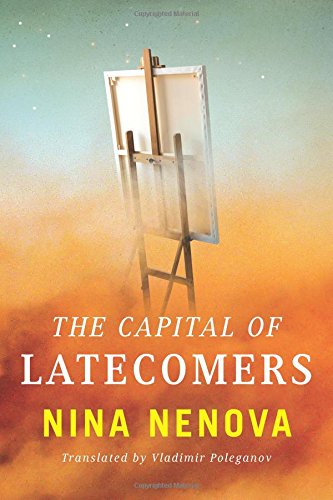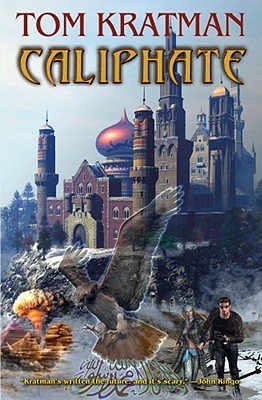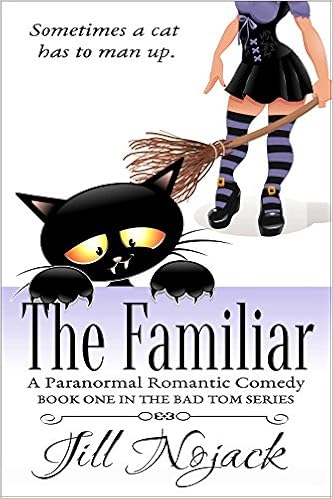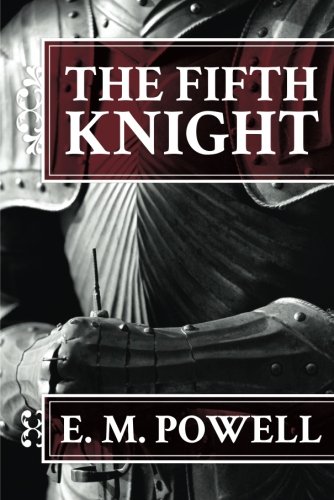 Review: Anathem by Neal Stephenson
Review: Anathem by Neal Stephenson
Some novelists give us popcorn: snacks of characters interacting in episodes of tasty enjoyment, to be read and then forgotten three hours later. I like popcorn—but whether it is a pricey gourmet treat with truffle oil or capers and cheddar, or an almost-scorched microwave bag of munchies, popcorn is not memorable. You consume and move on.
Other authors provide a solid meal, with two sides and a biscuit. Realistic characters, impressive plot twists, inventive conflicts and resolutions leave you with plenty to digest. Still, by time you open the covers of the next book, you've digested what is enjoyable and nutritious from this one, and you're hungry again.
Neal Stephenson is more like the world-class chef who takes everyday ingredients and whips them into a life-changingly succulent repast. I have yet to read a Stephenson novel once and know how I feel about it. I must ruminate. I must re-read.
Anathem is no different. I can scarcely believe this rich meal is available for less than $2 as a Kindle novel. The novel begins with a compelling look at a cloistered culture, which seems religious until you realize that here it is science and philosophy that must be protected from the ordinary world—the extramuros world outside the cloister walls.
The denizens of the intramuros cloister, the concent, are kept focused on their studies. They forego possessions, limiting themselves to a Bolt of newmatter cloth (which can be reconfigured in size, texture, and other characteristics of fabric), a newmatter Chord (a rope or cord of similar diversity), and a newmatter Sphere. These three possessions serve as clothing, bedding, pack and tools for all sorts of purposes. They also provide identification of the owner as an avout (whether male fraa or female suur): someone who lives the cloistered life.
Residing in their "Tenner" cloister, the four fraas Erasmus, Lio, Jesry and Arbilast obey the Discipline while they eagerly await the day the gates will open to allow them to interact with the "Extras" for ten days. For these four, this Apert holiday happens once every ten years. The "One-Offs" in the Unitarian cloister of their concent have Apert once a year, while the "Hundreders" will not exit until ten years from now for their once-a-century mingle with the world outside the walls and the fraas (and suurs) from other cloisters. None of them, Extras, One-Offs, Tenners or Hundreders, can imagine the mindset of the "Millennarians" who live cloistered for a thousand years before they emerge.
Just this one detail might provide a lesser writer with a complete novel. In Anathem, it is the initial baseline stroke of paint on a vast canvas that includes philosophical colleges, cultural upheavals, alien visitors, vast works of engineering and gadgetry, and a central theme: What does it mean to be conscious in the world? How do our minds perceive reality, and how do they affect reality?
Philosophers from Thales through Kant and Gödel to Husserl have thought about these questions and written or spoken about their attempts to unravel meaning from them. Stephenson's novel takes these snooze-worthy tomes and distills them into an adventure, complete with complex characters whose actions we can cheer or hiss (sometimes both for the same person).
Anathem is a challenging read in the most delightful sense. I noticed as I re-read it on Kindle that every few pages, I was prompted to visit Wikipedia to expand on the details of the story. The Teglon, a crucial mathematical tiling problem in the novel, led me to Penrose prototiles and Wang dominoes. The concept of Cnoös as a personalization of the interaction of thought and reality led me to Husserl's theory of intentionality, and onward to noesis (nuos) and the Gnostic philosophies.
I know this is not the last time I will read and enjoy (and spend quite a while digesting) this complex tale. Like all great works of literature, Stephenson rewards the devoted fan with new vistas of thought each time you enter his world.
















